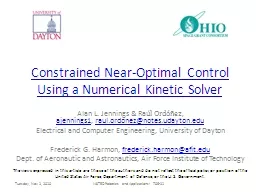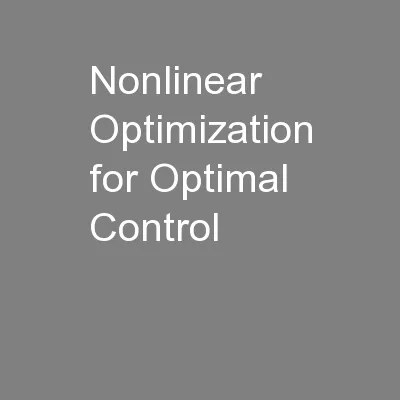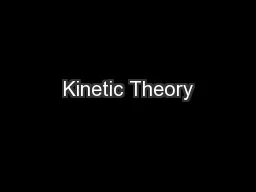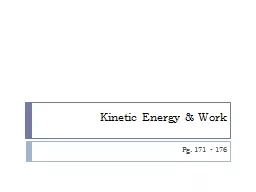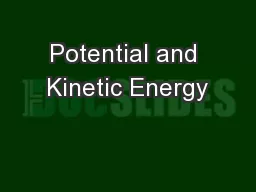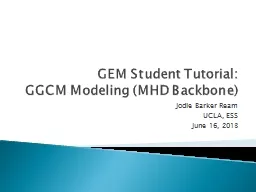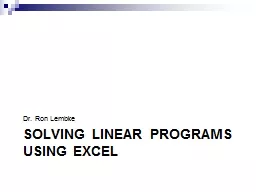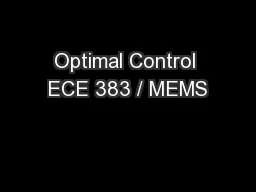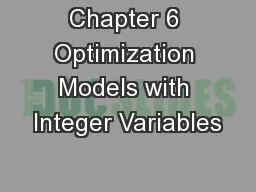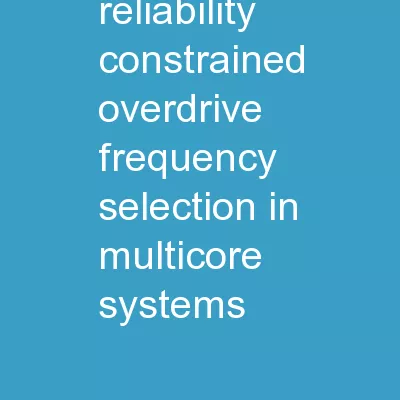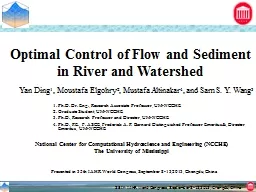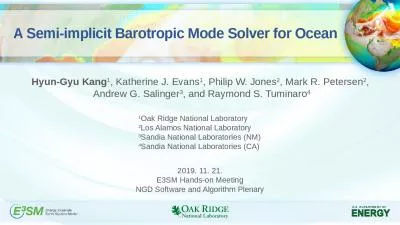PPT-Constrained Near-Optimal Control Using a Numerical Kinetic Solver
Author : warlikebikers | Published Date : 2020-08-07
Alan L Jennings amp Ra úl Ordóñez ajennings1 raulordoneznotesudaytonedu Electrical and Computer Engineering University of Dayton Frederick G Harmon frederickharmonafitedu
Presentation Embed Code
Download Presentation
Download Presentation The PPT/PDF document "Constrained Near-Optimal Control Using a..." is the property of its rightful owner. Permission is granted to download and print the materials on this website for personal, non-commercial use only, and to display it on your personal computer provided you do not modify the materials and that you retain all copyright notices contained in the materials. By downloading content from our website, you accept the terms of this agreement.
Constrained Near-Optimal Control Using a Numerical Kinetic Solver: Transcript
Download Rules Of Document
"Constrained Near-Optimal Control Using a Numerical Kinetic Solver"The content belongs to its owner. You may download and print it for personal use, without modification, and keep all copyright notices. By downloading, you agree to these terms.
Related Documents

